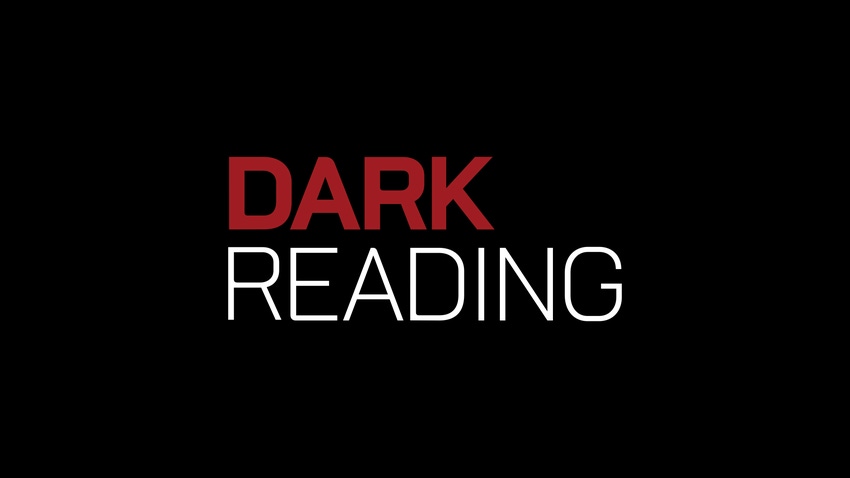Disposing Of Primary Storage
Every few years you are going to need to replace your enterprise storage system. A challenge that many storage managers face is what to do with the old system. Today you have laws that require you to make sure information is not readable when that storage leaves your walls and you have individuals that want to see what trouble they can dig up by resurrecting old systems.

Every few years you are going to need to replace your enterprise storage system. A challenge that many storage managers face is what to do with the old system. Today you have laws that require you to make sure information is not readable when that storage leaves your walls and you have individuals that want to see what trouble they can dig up by resurrecting old systems.In reality the chances of you being unlucky enough to have thrown your system out or put it on an auction site and then have someone pull usable data from those drives is unlikely. Most administrators will at least format the drives. The problem is formatting the drives may not be enough to meet the laws surrounding public release of private information. The laws may also be getting tougher.
Several states have enacted or are considering legislation that will require you to have data security standards in place, always. Not just disclose when a breech has occurred. Personally, I think this makes a bit more sense. Letting me know that you have lost your data and someone might have it really does not help all that much. Stopping it from happening in the first place, that makes sense.
Data that leaves your building has increasing pressure on it to be encrypted in some way. Tapes are always the first consideration, and I'll save you yet another "tape fell off the back of the truck" story. Primary storage however is often left out of the discussion. It doesn't get transported around like tapes do. Its protected, or should be, by your own internal security measures. What's the fear? At some point you are going to dispose of it for a newer model. No matter how you do that you are putting your data in someone else's hands. Again, formatting is probably not enough. Encryption is needed.
Beyond understanding the need, the resistance to encrypting storage in the past has centered around concerns about performance impact and difficulty of implementation. First there are plenty of choices of how and where to encrypt data. Companies like Brocade, EMC, NetApp and Thales are all offering encryption capabilities either by an add-on appliance, on the storage controller or built right into the storage infrastructure. Drive manufacturers like Seagate and IBM are delivering hard drives on the drive itself. HBA manufacturers like Emulex are delivering encryption at the HBA.
Most of the vendors claim little or no performance loss as a result of encryption. Additionally most of these systems are relatively seamless to install. In some cases it is basically automatic. While there is some complexity around key management vendors are moving toward standardization along this front as well.
Solutions like these make the disposal of storage safer. Once the array is unplugged from the storage infrastructure it is rendered unreadable for all practical means. At least thus far encryption meets the requirements set by the various state laws being enacted. You might as well face it, the requirement to secure customer data is here to stay and the laws that protect the consumer are only going to become more stringent, embracing storage encryption now can save a lot of headaches later.
Track us on Twitter: http://twitter.com/storageswiss
Subscribe to our RSS feed.
George Crump is lead analyst of Storage Switzerland, an IT analyst firm focused on the storage and virtualization segments. Find Storage Switzerland's disclosure statement here.
Read more about:
2010About the Author(s)
You May Also Like
Why Effective Asset Management is Critical to Enterprise Cybersecurity
May 21, 2024Finding Your Way on the Path to Zero Trust
May 22, 2024Extending Access Management: Securing Access for all Identities, Devices, and Applications
June 4, 2024Assessing Software Supply Chain Risk
June 6, 2024Preventing Attackers From Wandering Through Your Enterprise Infrastructure
June 19, 2024
Black Hat USA - August 3-8 - Learn More
August 3, 2024Cybersecurity's Hottest New Technologies: What You Need To Know
March 21, 2024




